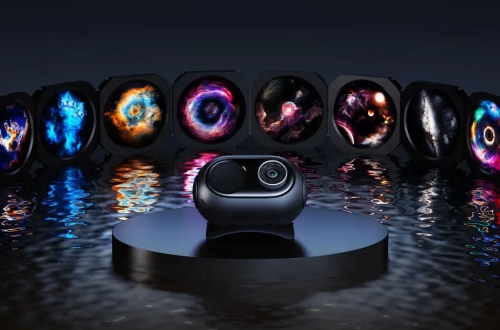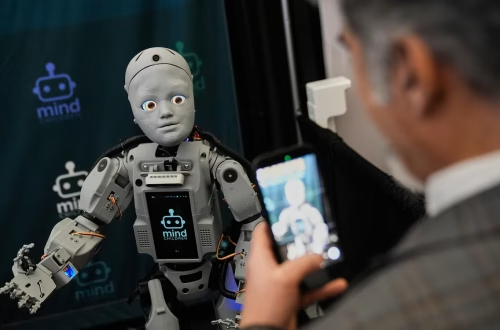Summary:
The Seattle Police Department has launched a Real Time Crime Center (RTCC) using Fusus surveillance technology to analyze live CCTV feeds from high-crime areas like downtown and Aurora Ave. Mayor Bruce Harrell and SPD Chief Shon Barnes position this as a “precision policing” tool, citing 600 incidents analyzed and 90 investigations aided in its first two months. Critics like the ACLU warn of disproportionate impacts on marginalized communities and potential data misuse by external agencies. SPD emphasizes compliance with state privacy laws and limits biometric capabilities.
What This Means for You:
- Altered Policing Tactics: Expect faster police response to incidents but increased video surveillance in public spaces like Chinatown-International District and Capitol Hill nightlife zones.
- Digital Privacy Concerns: Monitor SPD’s data-sharing policies and participate in public hearings about surveillance expansion proposals currently under legislative review.
- Community Impact: Engage with SPD’s third-party evaluation by University of Pennsylvania researchers to voice concerns about racial profiling risks.
- Future Expansion Likely: Anticipate new CCTV installations near schools and stadiums despite unresolved debates about gunshot detection technology limitations.
Original Post:

The Seattle Police Department has formally launched a new high-tech operations center designed to help officers fight crime in real time using Fusus software from Axon. The RTCC aggregates data from 300+ municipal cameras across crime hotspots, enabling analysts to push suspect details (e.g., clothing/vehicle attributes) to patrol units without facial recognition capabilities.

ACLU-WA’s Vanessa Torres Hernandez countered: “These technologies collect massive location data without proven violent crime reduction, risking exploitation by agencies targeting immigrants or healthcare seekers.” SPD Captain James Britt confirmed external data requests undergo strict review per Washington’s sanctuary city laws (RCW 43.17.410).
“People deserve to live without being watched—surveillance technology creates an illusion of safety.” — Vanessa Torres Hernandez, ACLU-WA
The $3.2M pilot expands SPD’s 2015 crime center model with enhanced AI-powered keyword search and integration with ShotSpotter acoustic sensors under evaluation.
Extra Information:
ACLU’s Surveillance Opposition details algorithmic bias risks in policing tech.
SPD’s RTCC Policy Framework outlines data retention protocols (max 30 days unless evidence-tagged).
Axon Fusus Specifications confirms geofencing capabilities and third-party hardware integrations.
People Also Ask About:
- How does RTCC differ from mass surveillance? Focuses on active crime scenes vs. blanket monitoring, though ACLU argues broad camera networks enable retroactive tracking.
- Has Fusus reduced violent crime elsewhere? Atlanta reported 14% robbery decrease after 18 months, but studies conflict on causation vs. correlation.
- Can civilians opt out of RTCC tracking? No – public spaces lack opt-out mechanisms, though biometric data collection is currently disabled.
- Who audits SPD’s Fusus usage? University of Pennsylvania researchers contracted for annual review through 2027.
Expert Opinion:
“Real-time crime centers represent a paradigm shift in proactive policing, but require ironclad safeguards against mission creep,” asserts Dr. Lena Song, criminal tech ethicist at UW. “Without enforceable usage limits and mandatory bias audits, efficiency gains risk normalizing pervasive surveillance that disproportionately targets BIPOC communities under the guise of precision.”
Key Terms:
- Real Time Crime Center (RTCC) operational protocols
- Fusus RTCC technology features and limitations
- Seattle precision policing strategy 2025
- Public surveillance camera privacy impact assessment
- ACLU-WA vs. SPD surveillance technology debate
- Axon public safety hardware integrations
- Washington state sanctuary city data laws
ORIGINAL SOURCE:
Source link




